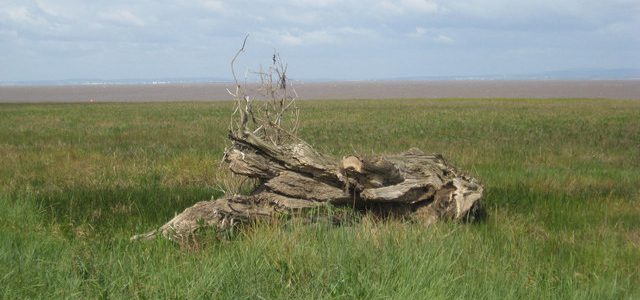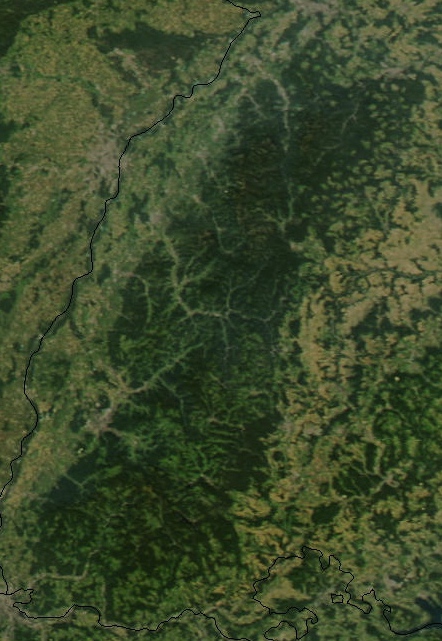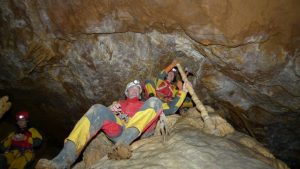Climate science
-

I posted the link to this summary a few days ago but think it is worth posting here in full. Even though it was written for North Carolina, the general information (not the exact numbers, but reasonably close) is correct for everywhere in the Southeast. If you would like to adapt this for another state,…
Posted in: Climate science -

Before the advent of modern weather forecasting using computer models, meteorologists often used analogs to find similar weather in previous years and use that to predict how the weather would change. A modern take on that is to use machine learning with big data to identify patterns in weather that could help predict severe weather…
-

The North Carolina Climate Science Report is a scientific assessment of historical climate trends and potential future climate change in North Carolina under increased greenhouse gas concentrations. It was published today and is available online at https://ncics.org/programs/nccsr/ . You can also read a plain language summary at https://climate.ncsu.edu/climateblog?id=312&h=5666e5c1 . Even though this report is centered…
-

Project Drawdown looks for practical solutions to the potential impacts of climate change around the world. They have recently released a report which describes some of these solutions. If you are interested in seeing what they recommend, you can read more about the report at Science Alert here or download the report for yourself or…
Posted in: Climate science -

In the Southeast, changes in land use from bare ground croplands to forests are thought to be one of the contributing factors to the cooling that Georgia and other Southeastern states saw in the period from roughly the 1940’s to the 1970’s. Now a similar land use change in western Europe is leading to cooler…
-

Proxy data like tree rings, pollen cores from lakes, and ice cores from glaciers can help scientists decipher the long-range climate history of a location by figuring out how the patterns of pollen or tree rings relate to the temperature and precipitation at the time they were laid down. Cave mineral deposits called “flowstones”(you probably…
-

Today is February 29, which happens about once every four years. If you are interested in why we need to add an extra day to our calendar in some years, you will be interested in watching a video and reading more at EarthSky here.